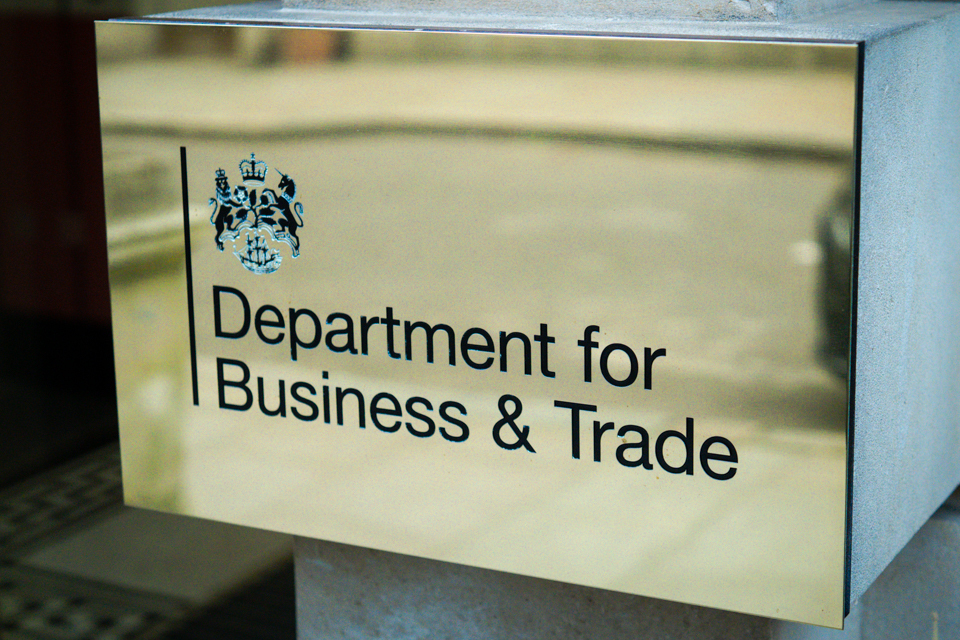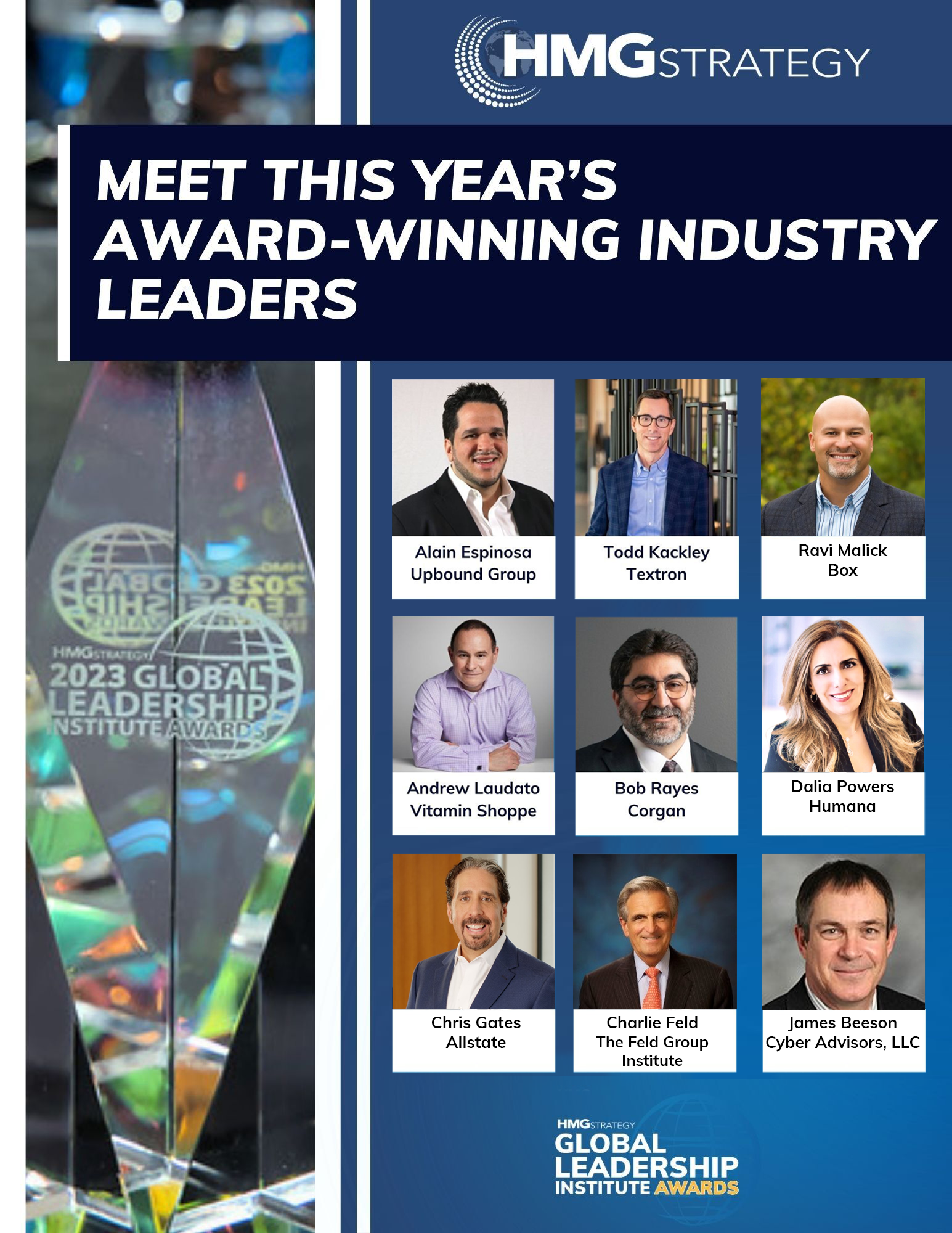4 Tech Stocks to Buy As Recession Risk Remains in 2024: T. Rowe Price
Several large investment firms are writing off a recession in the US in 2024 as growth holds up and inflation steadily declines, but T. Rowe Price thinks that optimism may be misplaced.
Strategists at Goldman Sachs, Citi, and UBS Global Wealth Management are telling clients that the economy will keep growing next year. Goldman economy chief Jan Hatzius reiterated in a November 16 webinar that the 15% chance of a 2024 downturn is no higher than a normal year.
While T. Rowe Price doesn’t have an official call on the economy, the brightest minds at the $1.4 trillion Baltimore-based firm urged investors to be cautious at a mid-November conference.
“We’re stuck in the middle,” said Tim Murray, a capital markets strategist in T. Rowe Price’s multi-asset division, about how he’s approaching risk in this environment.
Murray continued: “It leaves us in this situation where I’m talking to clients all the time, and they want us to say something with really high conviction and take a real aggressive stance, and you just can’t do it. Right now is not the time to be a hero, because resolution is not coming soon.”
‘Too soon to declare victory’
Twelve months ago, few economists or investors thought the US would avoid a recession.
“Going into this year, we had a slowing economy; we had the Fed on one of the most aggressive hiking cycles it’s ever done,” Murray said. “If ever there’s been a recipe for recession, that’s it. But yet, we have not had a recession.”
Central banks spent nearly two years trying to slow rampant inflation by raising interest rates, and their efforts appear to be paying off. Prices in the US rose less than expected in October, and bulls think that progress will encourage the Federal Reserve to finally ditch rate hikes.
However, T. Rowe Price is skeptical that the Fed will end its fight against inflation anytime soon. The firm believes rates will remain higher for longer — even if the labor market starts to suffer.
“We’ve had significant progress on inflation, but it is too soon to declare victory,” Blerina Uruci, the chief US economist for T. Rowe Price’s fixed income division, said at the conference. “We need to see services continue to come down at the same time as slack in the labor market materializes further.”
The job market looks healthy enough to take more monetary tightening, Uruci said. Although net hires are down in recent months, she noted that they’re only back to pre-pandemic levels. Uruci also pointed out that the labor market is still tight, as illustrated by stable quit rates, which suggest that workers are confident that they can find new jobs.
Murray said manufacturing data and corporate earnings forecasts suggest that the greatest risks to the economy have already passed. However, he’s not ruling out a reversal until the Fed signals that it’s ready to cut interest rates.
“The great thing about a soft landing isn’t so much the soft landing, it’s that it’s followed by a recovery,” Murray said. “And that recovery is still very much in doubt until the Fed cuts, until inflation starts to fade enough that we can get the Fed to cut and give us the all clear on that.”
4 tech stocks to own during the AI boom
Even though T. Rowe Price expects elevated interest rates again in 2024, it’s not shying away from growth stocks, given that technology companies dominated in this year’s high-rate regime.
A handful of mega-cap tech stocks in what’s known as the “Magnificent 7” carried the market in 2023. T. Rowe Price found that through October, those names rose 53.2% compared to a 1.2% year-to-date return for the other 493 companies in the S&P 500.
Those companies — Apple, Microsoft, Alphabet, Amazon, Nvidia, Meta Platforms, and Tesla — trade at a sizable valuation premium to their peers, but Murray said it’s justified.
“The expectation is, when you see these really elevated valuations, everyone thinks, ‘Boy, these stocks must be set up for failure; they have such high valuations,'” Murray said. “But the reality is, the outlier valuations that these seven stocks carry is absolutely matched by the fundamentals.”
As long as those market leaders can keep executing by growing earnings, Murray said they’re worth owning in a balanced portfolio that includes real assets like commodities and real estate.
“My point on the Magnificent 7 is, you can’t ignore them,” Murray said. “You can’t just say, ‘Hey, let’s get away from the Magnificent 7 — they’re way too expensive.’ You need to have a diversified approach, as you always do.”
Dom Rizzo, a portfolio manager of global technology equity strategy at T. Rowe Price, agreed that the Magnificent 7’s momentum won’t stop just because the group is pricey.
“Probably the most important question: Are technology valuations reasonable today? I think we’re in the range of reasonableness,” Rizzo said, as he thinks this backdrop is more similar to the internet boom in 1998 than the dot-com bubble bust in 2000.
Rizzo later added: “One, they have ROEs that are much higher than the rest of the world. But then two, more importantly, I think AI is a sustaining innovation, which means that their ROEs are going to stay at least at these levels or likely expand from here, because these are the companies that are best positioned for artificial intelligence and this incredible revolution.”
Of the stocks in that septet, Rizzo said Nvidia (NVDA) stands out due to its dominant position in the rapidly growing artificial intelligence space, which he couldn’t be any more bullish on.
“Artificial intelligence has the potential to be the biggest productivity enhancer for the global economy since electricity,” Rizzo said. “This is an incredibly big deal, and I think it’s going to change the world.”
Some investors have warned that AI is overhyped or is in a bubble, but Rizzo downplayed those arguments. He cited estimates that the total addressable market for AI chips will grow at a compound annual growth rate of 50% from 2023 to 2027 while the AI software market grows 18% per year from 2021 to 2026, when it will be worth about $800 billion.
Nvidia, which is the top-performing stock in the S&P 500 this year, has the pole position in the AI chip industry and commands massive gross margins due to its limited competition.
For that reason, Rizzo said that hyperscalers that need AI chips are hungry for an alternative, and he thinks Santa Clara-based AMD (AMD) fits the bill. He’s impressed by its MI300 graphics card, which has received rabid demand since its launch in early 2023.
Whether Nvidia, AMD, or another rival wins the AI chip wars, semiconductor manufacturing giant Taiwan Semiconductor Manufacturing Company (TSM) and Netherlands-based capital equipment firm ASML Holdings (ASML) should be winners, Rizzo said. Shares of those two companies are up 33.7% and 25.6% this year, respectively, and may run even higher in 2024.



